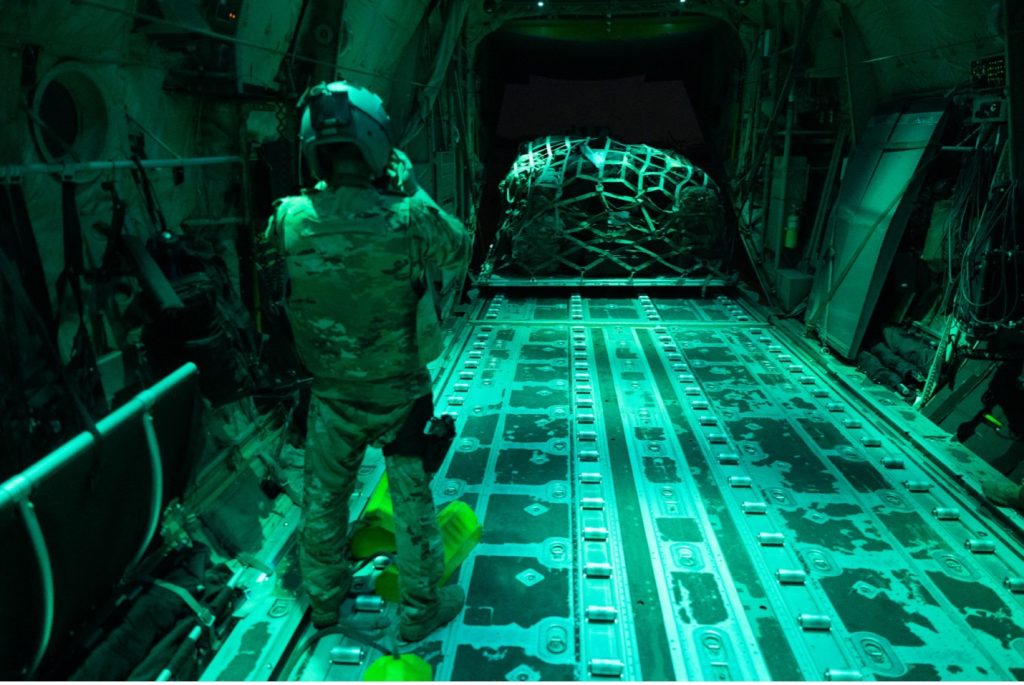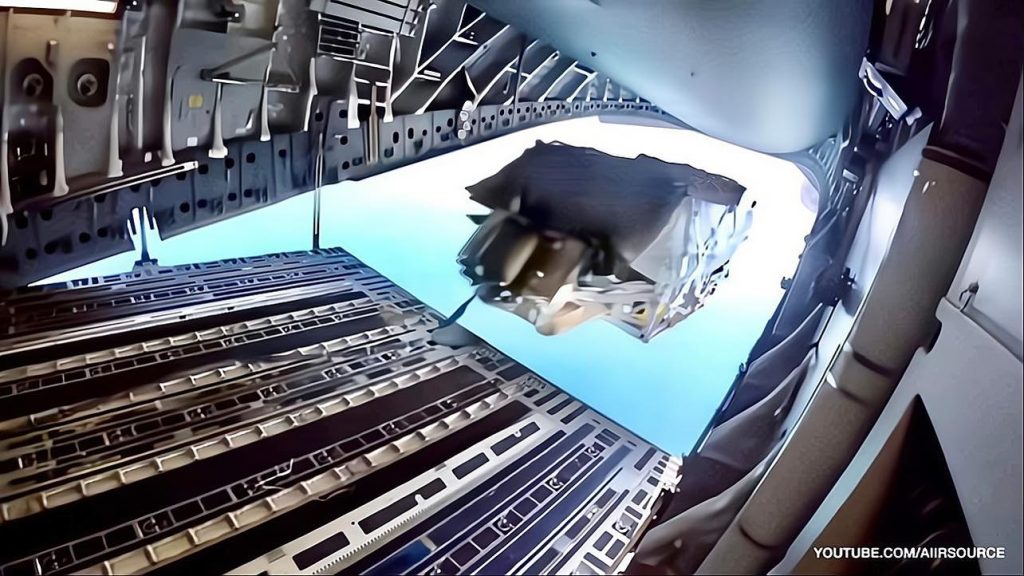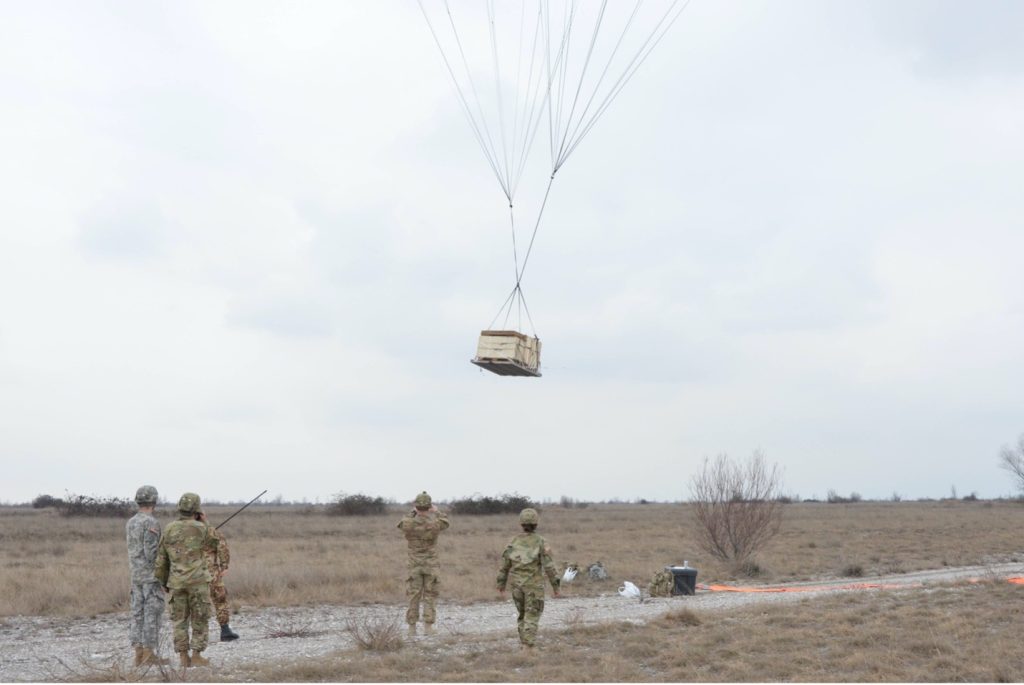
Envision a future military conflict in a hard-to-reach remote island environment, where small squads of exceptionally skilled Soldiers and Marines equipped with advanced technology systematically dismantle the enemy’s anti-access/area denial (A2/AD) network. These teams would likely employ a combination of dynamic signature management and camouflage techniques, resource gathering, and constant adaptation to survive in ever-changing geographical circumstances. To fulfill their mission, they would likely need to receive weaponry, fuel, and other provisions to sustain themselves in the fight.
As part of the contested logistics network, various means such as unmanned submersible vessels, semi-submersible or surface vessels, and long-range, stealth drones would be tasked to deliver these commodities over great distances to ensure delivery platform survivability. This kind of logistics network requires large-scale, highly advanced solutions capable of penetrating unique environments, such as threat-laden remote locations, to deliver the supplies and equipment to the point of need.
While tried and true, today’s cargo aircraft aerial deliver systems are decades old, they typically consist of a platform upon which supplies and/or vehicles are placed and secured with straps, connected to parachutes, and extracted out of a cargo aircraft over an intended drop zone or point of landing.
While this methodology works well in accessible, low threat conflict environments, highly contested, remote, or other difficult-to-reach environments that are surrounded by sophisticated threat systems and advanced technology require a different type of thinking.
So, what’s on the horizon?
Large cargo aircraft can provide an unconventional, asymmetric advantage in remote environments provided they can be protected. Using stand-off and/or temporary local air superiority, these platforms can penetrate contested airspace to significantly reduce the transit time for low-observable autonomous surface, sub-surface, and air vehicles. This will allow them to successfully deliver weapons and other logistics supplies needed for the mission. Flying to the point of unacceptable risk, large cargo aircraft can air drop their critical loads under parachute and return to safety.
Today, Capewell is developing innovative, new advanced technology aerial delivery systems that will support both weapons and unmanned logistics-delivery systems, using air drop techniques from cargo aircraft well outside the enemy’s weapons engagement zones.
How exactly?
First, cages that contain multiple low observable autonomous weapons or logistics drones will drop from cargo aircraft under parachute, automatically separate, sprout wings, and fly hundreds of miles at very low altitude until they reach their intended targets or logistics points of need.
Then a cradled submersible vessel or semi-submersible vessel, having been dropped from another cargo aircraft, will gently land on the water, automatically separate from its platform, and swim, sail, or motor hundreds of miles to the intended destination to deliver critically needed ammunition, supplies, or autonomous ground fighting or reconnaissance vehicles.

Finally, once local air superiority can be achieved, unmanned combat vehicles will drop from cargo aircraft on specially designed low g-force landing impact platforms using advanced precision guidance parachute systems and fly dozens of miles to an intended landing point. Upon landing, the vehicle will automatically separate from the platform and tie-downs, and maneuver on its mission, delivering a decisive capability to our forces.
As dictated by the scheme of maneuver, airborne littoral infantry will then join the unmanned mechanized force using advanced, low observable and low signature parachutes and individual propulsion systems to join the autonomous force.

Capewell is working to make this future a reality now. A leader in the aerial delivery space for decades, next generation aerial delivery systems are at the forefront of Capewell’s solution development efforts. Today, logistics delivery platforms designed specifically for complex, remote, and highly contested high-conflict environments are developing rapidly, and the mechanisms our military uses to deploy these capabilities from platforms, such as heavy cargo aircraft, must follow suit if we are to keep pace with our adversaries.
Leveraging our legacy aerial delivery platforms and years of experience, Capewell is uniquely positioned to make an impact in advancing and modernizing the current solution set.
At Capewell, we believe we are only limited by our imaginations.

